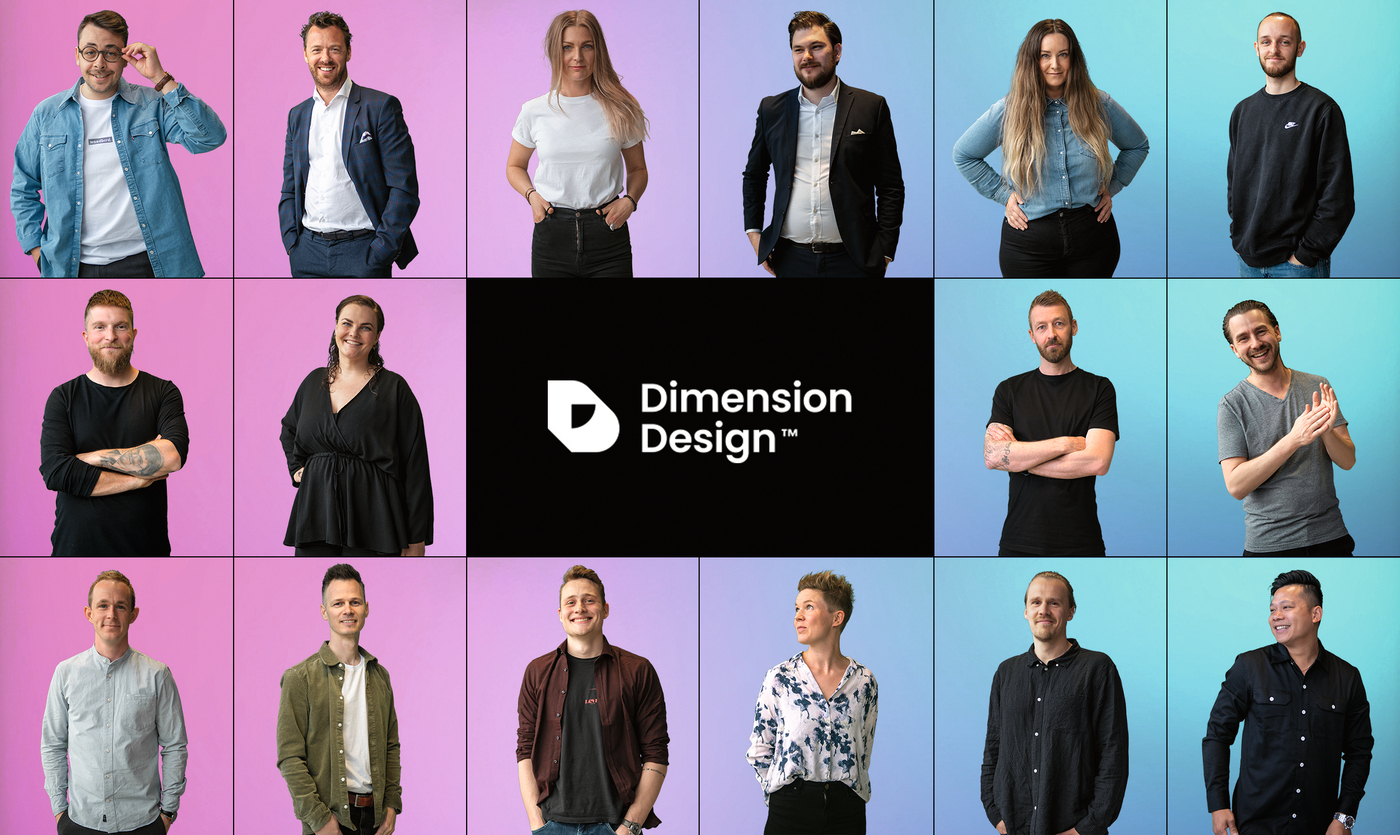![[Translate to English:] [Translate to English:]](/fileadmin/_processed_/d/b/csm_91-00989-2022BC.0837165_CO_31b797a788.jpg)
Designer profile

When clients come to Dimension Design, their biggest challenges are the doubt and uncertainties experienced by their end customers, as they are to buy or rent a real estate project not-yet-build. Because at this stage of the project, nothing exists. And the only tangible things are a construction site and a development plan. Naturally, the end customers encounter difficulties understanding what the clients’ project will look and feel like or how the future will unfold here. As a full-service design studio, Dimension Design solves this by branding projects through tailored identities and concepts, with photo-realistic 3D visualisations, video, VR, storytelling, websites, campaigns and print material. All founded on thorough research and insights. By working this way, the agency’s team makes their clients’ end customers feel exactly how it will be to live at the specific location – long before the project has been built. Thus, they are facilitating it for them to choose a home and are making the whole sales process more efficient for their clients.
Red Dot: What does design mean to you?
Dimension Design: Design is many things. One of them is a fine and aesthetically appealing solution. Still, behavioural design is equally important to us, so we ensure that people quickly understand what we want them to understand. Because our purpose is to inform rather than to sell. And when we remove doubts and uncertainties with information and knowledge, the customer can make an informed choice. But to create that, we need to design tailor-made solutions based on behavioural design.
To what extent do you think new technologies are changing design?
New technologies like artificial intelligence are a valuable aid in producing better quality and higher resolution images faster – but they cannot design. So we are still the designers, and our core competencies are craft, insight and analysis. But new technologies are changing our work by minimising unnecessary steps and interference.
How would you define good communication design?
For us, good communication design is truthful and trustworthy. It informs rather than sells and, most importantly, it is not manipulative. It contains all the necessary pieces of information – nothing more – and is structured in such a way that customers gradually understand it and arrive at an end point where they can make an informed choice.
Which target group would you like to address with your award-winning work?
There are two. Primarily, it is the potential homebuyer or end client who needs to understand the project. We want to get people to understand such hyper-complex projects by experiencing the place and the life that is possible there themselves. We want to give them the best possible basis to understand the location, the area, the neighbourhood or a particular flat – all in a quick, informative, intuitive and trustworthy way. Secondarily, real estate agents are given a tool that reflects positively on them, as it is efficient and very easy to use. This reduces the time they have to spend per client, as clients can explore the project themselves and find their desired answers, making the process much more effective.
Please describe the concept of creativity against the background of your award-winning work. When buying a home, there are many things people need to be told to make a choice. The real estate agent usually compiles and presents this storytelling. Our creative idea is to take this storytelling and recreate it digitally in a flow and universe where users are able to explore the location, the neighbourhood, the flat or the green courtyard themselves.

“We add dimensions where there are none and bring spaces and places to life.”